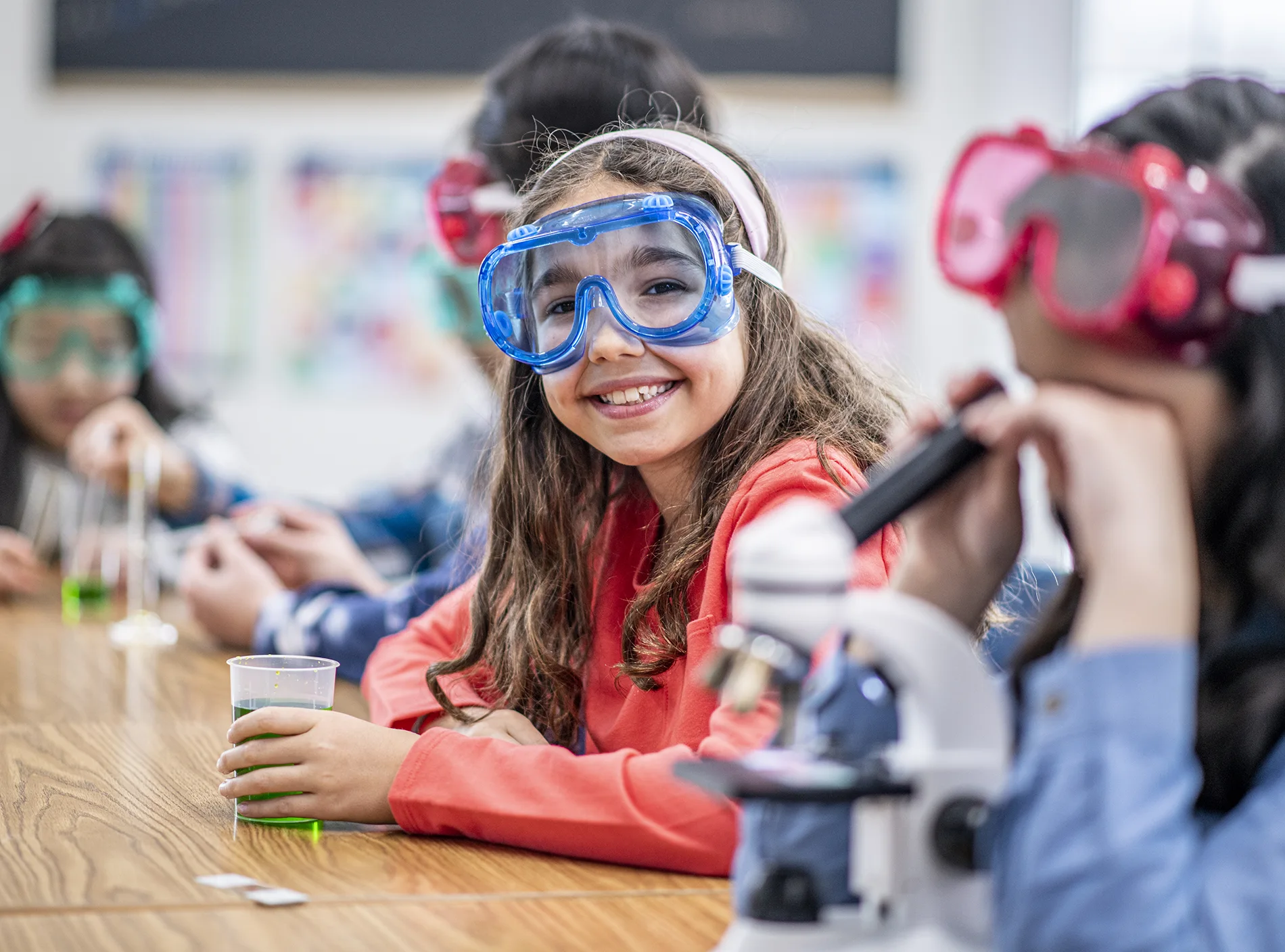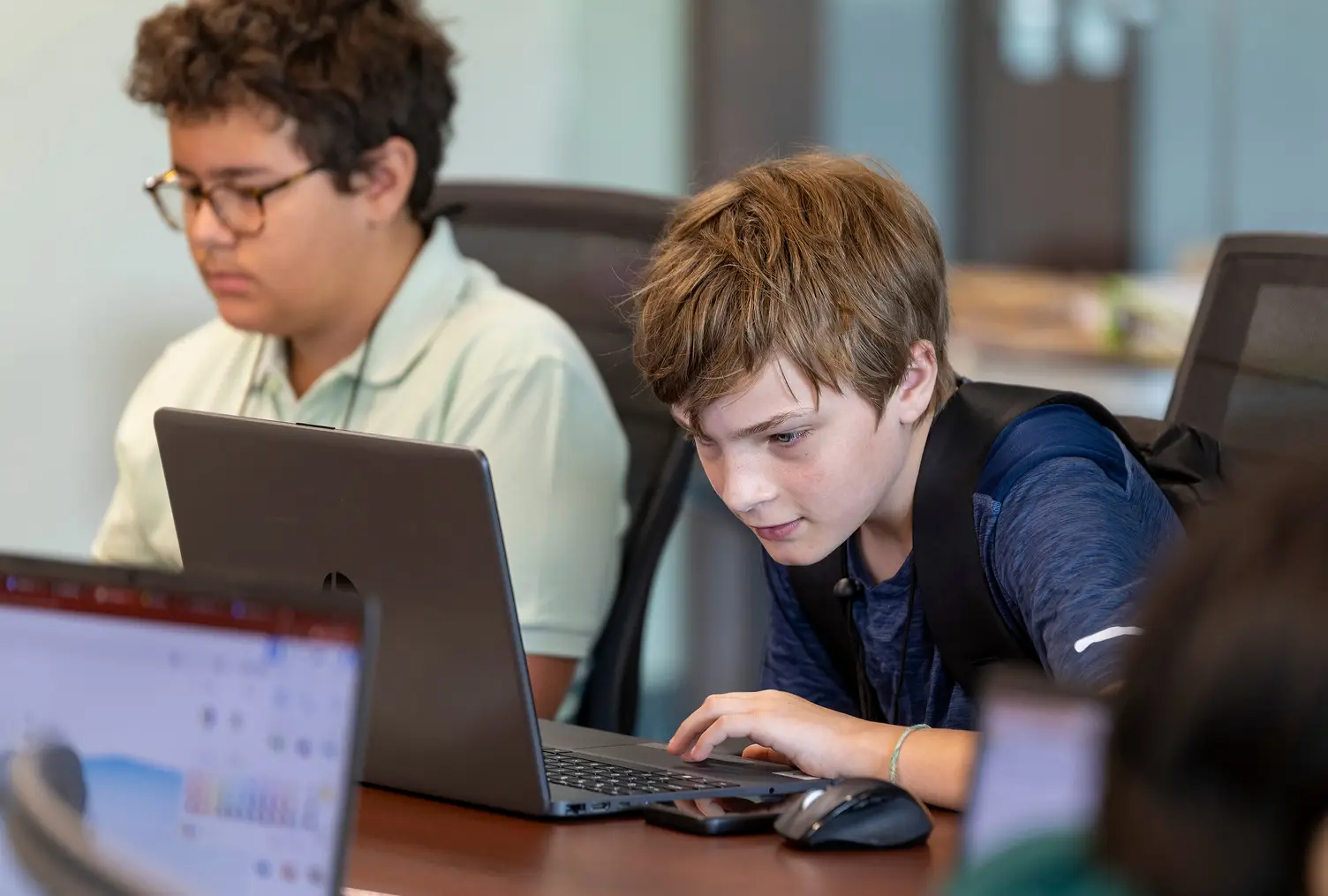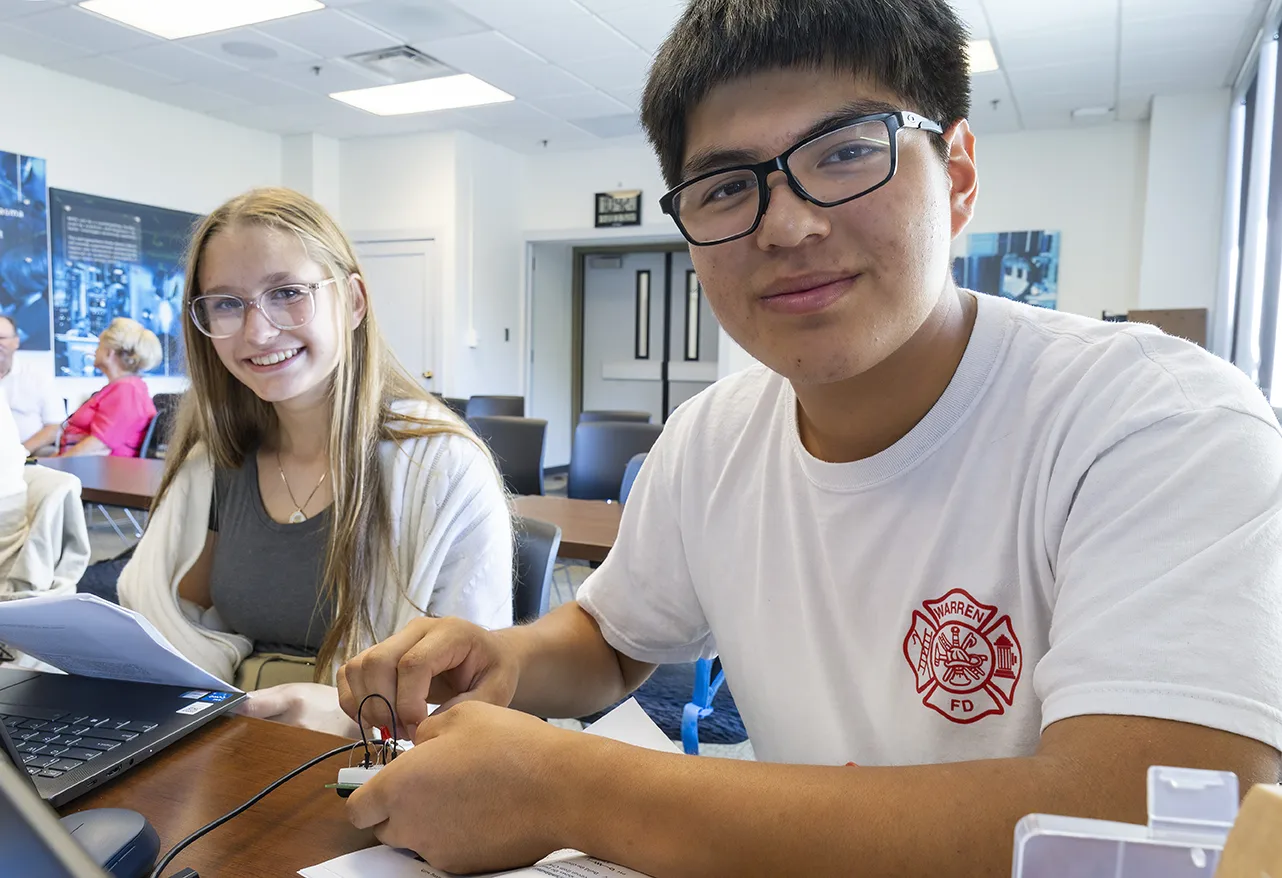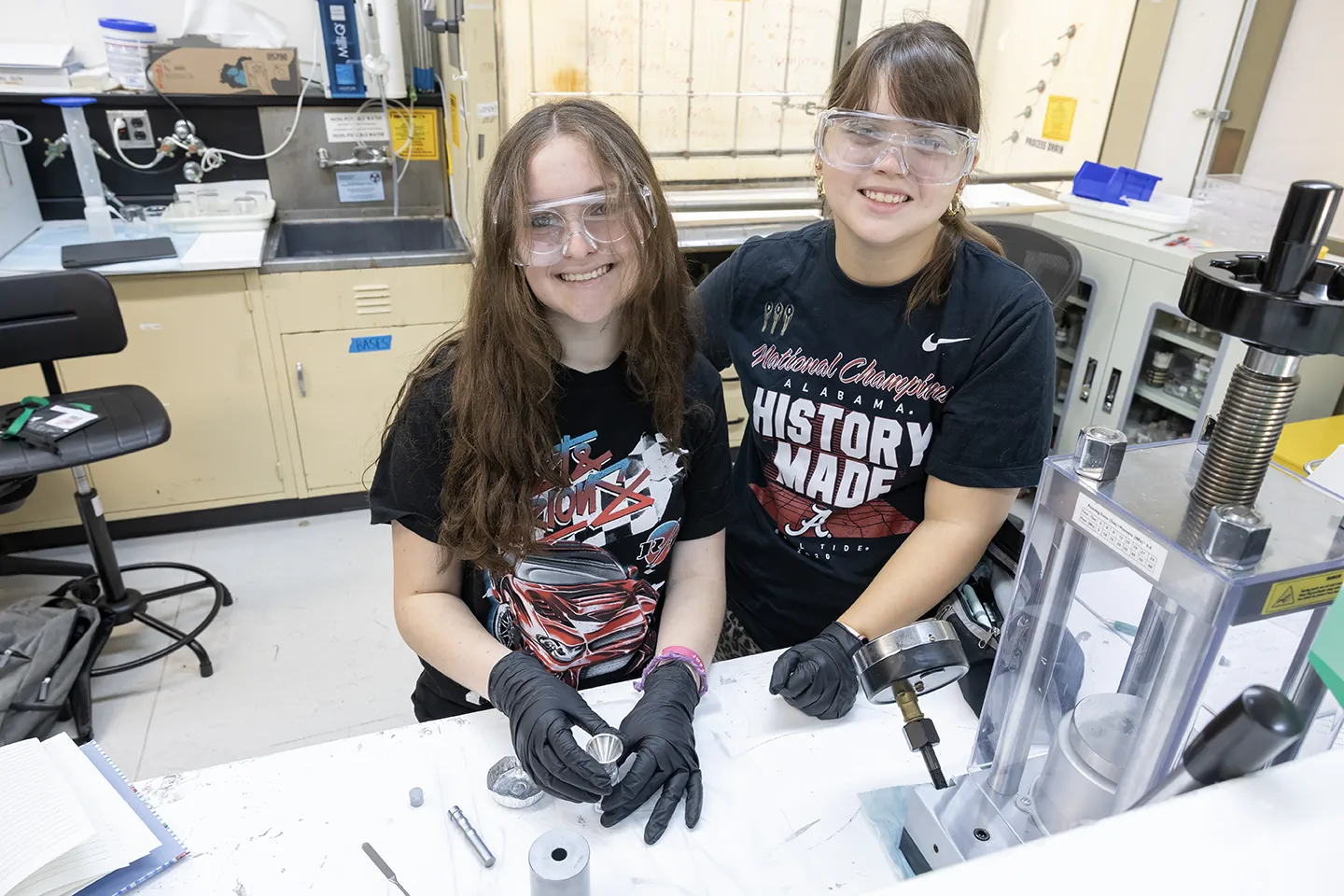Summary of Findings: K-12 Group

Graphic Credit: National Institute of Health Sciences Office of Science Education & Outreach
-
Early Engagement:
Introducing nuclear science concepts at the elementary level through age-appropriate lessons, storytelling, and interactive demonstrations can build curiosity and long-term interest in the subject.
-
Integration into STEM Programs:
Integrating nuclear energy awareness into STEM education initiatives, such as science experiments, provides opportunities for students to learn about nuclear technology and its relevance to various scientific and engineering disciplines. Nuclear science content may be incorporated into broader STEM curricula, including physics, chemistry, biology, and environmental science.
-
Tailored Educational Activities:
Grade-specific activities—such as nuclear-themed games, model reactor kits, radiation detection experiments, and virtual lab simulations—can be introduced to students at appropriate levels. Establishing a centralized platform for sharing resources and lesson plans across schools and districts would support teachers delivering these activities.
-
Family and Community Involvement:
Actively involving families empowers them to support and direct their children toward potential careers in the nuclear sector. Assigning educational projects that involve family members and organizing events such as science nights, open houses, and community workshops are effective methods to educate family members.
-
Educator Support and Training:
Professional development workshops, online courses, and mentorship programs should be offered to enhance educator confidence and competence in nuclear topics. Peer networks and discussion forums can facilitate collaboration and resource sharing among educators. Efforts to maintain continuity and program sustainability may address staff turnover by building capacity among multiple educators.
-
Sustainable Infrastructure and Resources:
Infrastructure and resources are necessary for promoting K-12 nuclear awareness and education. Funding is needed for curriculum development, lab equipment, network-based collaborations, and field trips. Partnering with industry to provide expertise, guest speakers, and internship opportunities can help address these needs. Sustainability efforts may include integrating programs within broader educational frameworks and involving stakeholders to ensure consistency despite personnel or leadership changes.
Strategic Response: From Analysis to Action
Click on the cards below for more information about each priority.








